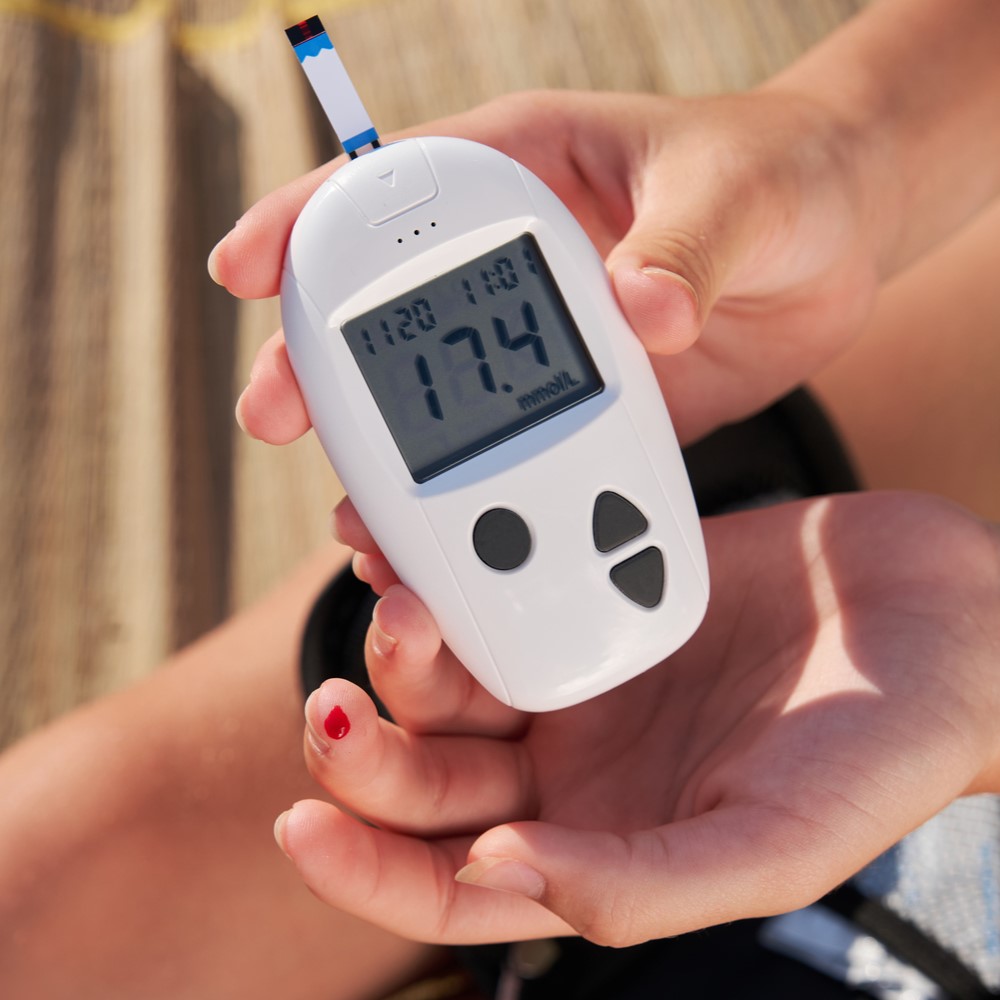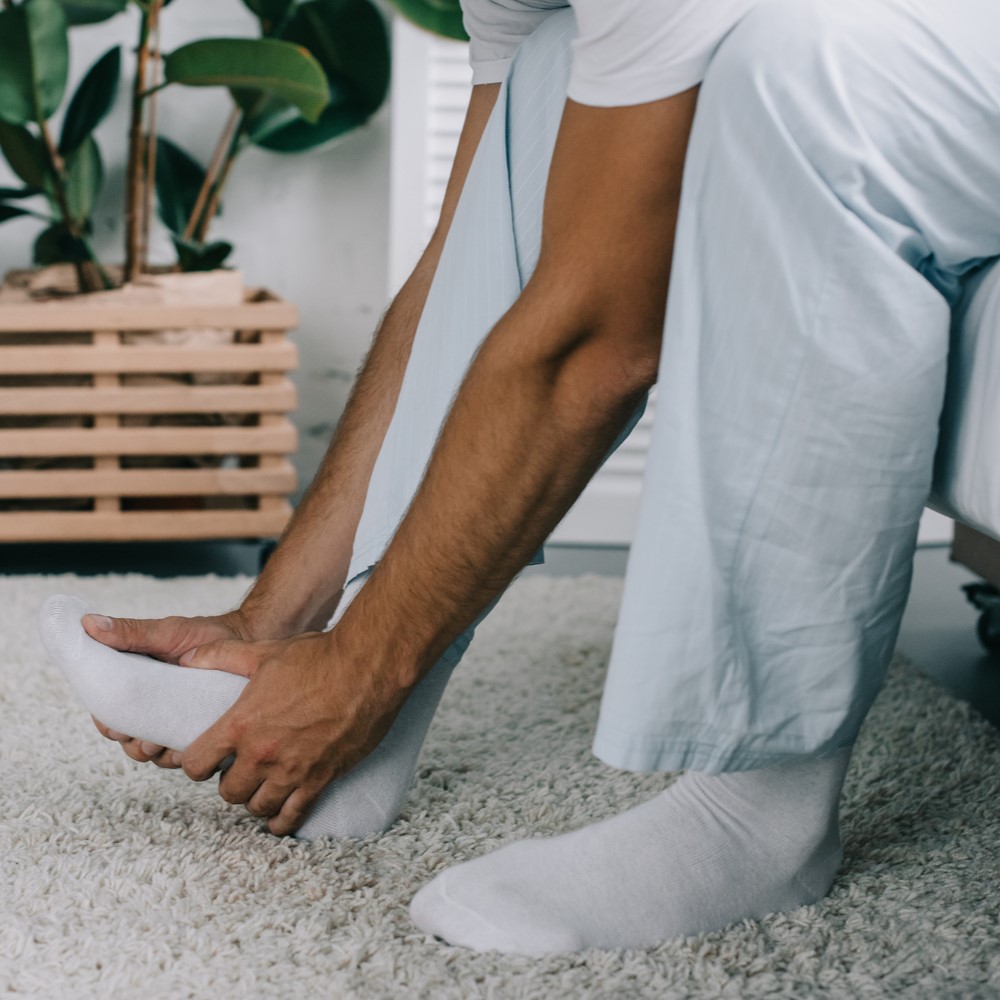Foot Care for Travelers: Your Passport to Pain-Free Adventures
Foot care for travelers is often overlooked, yet it plays a crucial role in ensuring a comfortable and enjoyable trip. By prioritizing foot health, you can prevent common travel-related foot problems and maximize your adventure. Choose the Right Footwear Selecting the appropriate footwear is paramount for preventing foot discomfort while traveling. Opt for comfortable, well-fitting shoes that offer ample support and cushioning. Avoid tight-fitting or uncomfortable options, as these can exacerbate existing foot problems or lead to new ones. Packing an extra pair of socks is advisable to maintain foot dryness throughout the day. Find out the issues that a poor fitting shoe can cause. Prioritize Hydration and Rest for Your Feet: Key Components of Foot Care for Travelers Proper hydration is a fundamental aspect of foot care for travelers. Dehydration can contribute to foot swelling, so it’s essential to drink plenty of water during your trip. Taking regular breaks to elevate your feet and gently massage them are additional components of effective foot care for travelers that can help alleviate discomfort and reduce the risk of swelling. Common Foot Problems for Travelers and Prevention Tips Find out what to do on long flights. Special Considerations for Travelers with Foot Conditions Individuals with pre-existing foot conditions should prioritize foot care for travelers even more. Consulting with a podiatrist before your trip is recommended to discuss necessary adjustments to your foot care routine. They can provide tailored advice based on your specific needs and help you enjoy your travels without excessive foot pain. By prioritizing foot care, travelers can significantly enhance their overall comfort and enjoyment. With a little planning and attention, you can prevent common foot problems and ensure happy feet throughout your adventures. Remember, happy feet equal happy travels!
Foot Care for Travelers: Your Passport to Pain-Free Adventures Read More »







